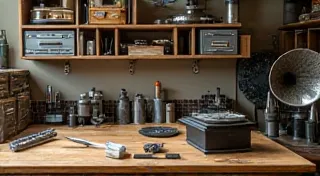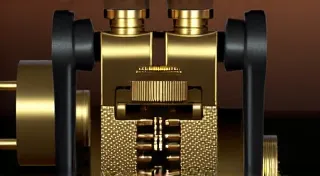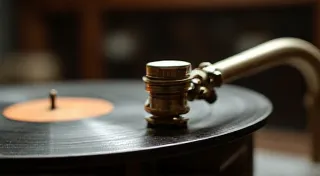Understanding Governor Mechanisms and Adjustments
The accurate and consistent playback speed of an antique phonograph hinges on a often-overlooked, yet vital component: the governor. Many restorers shy away from governor adjustments, believing them complex and prone to making things worse. While delicate, understanding the principles behind a governor’s function and mastering simple adjustments can significantly improve your phonograph's performance and enjoyment. This article will delve into the workings of phonograph governors and provide practical guidance for their adjustment.
What is a Governor and Why is it Important?
A phonograph governor is a mechanical speed control device that regulates the motor's speed, ensuring the turntable and tone arm move at the correct speed to accurately reproduce the grooves on a record. The speed isn't constant across different record sizes (e.g., 78s, 10-inch records); the governor compensates for this by adjusting the motor's speed proportionally to the size of the record being played. Without a functioning governor, the music would sound distorted, fast, or slow – rendering the listening experience unpleasant.
Governors are primarily found on electric phonographs manufactured from the 1920s through the 1950s. There are several different types of governors, but they all operate on the same fundamental principle: centrifugal force.
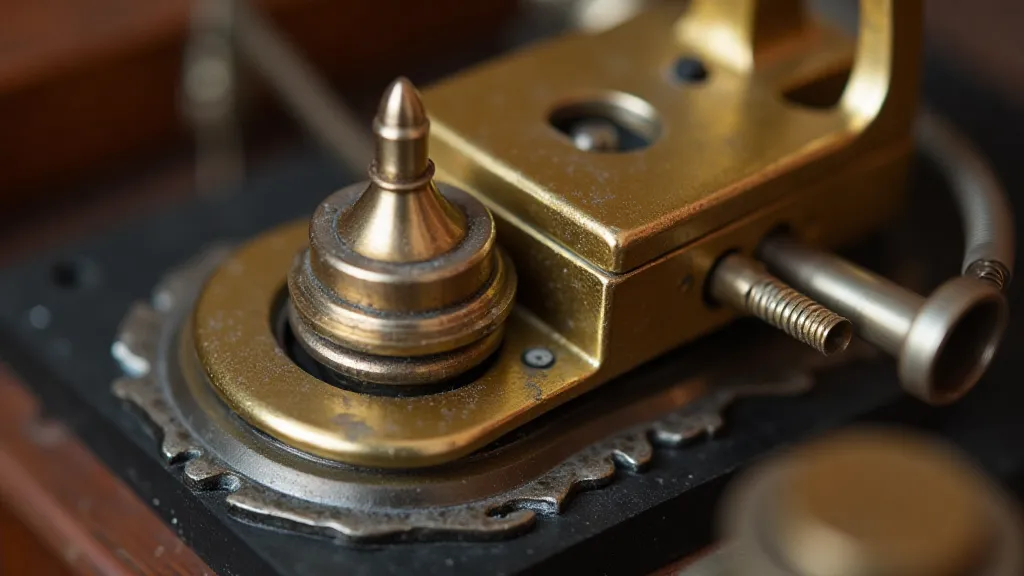
How Governors Work: Centrifugal Force in Action
The core of a phonograph governor is a rotating assembly of weighted arms. These arms are connected to a central spindle, which is driven by the phonograph’s motor. As the motor spins faster, the centrifugal force acting on the weights increases. This increased centrifugal force pushes the weighted arms outwards. The outward movement of the arms is mechanically linked to a braking mechanism. The further the arms move outward, the stronger the braking force applied to the motor, thus slowing it down. Conversely, if the motor slows, the centrifugal force decreases, the arms move inward, reducing the braking force, and allowing the motor to speed up.
The ingenious part is how the braking force is linked to the record size. A selector lever, often located on the phonograph's control panel, is moved to the appropriate position corresponding to the record size being played. This lever alters the effective range of the governor's action – the distance the weighted arms can move, and therefore, the amount of braking force applied.
Common Governor Types
While all governors rely on centrifugal force, their specific design varies. Here are a few common types:
- Flyweight Governors: These are the most prevalent type, featuring several weighted arms (flyweights) that pivot outwards under centrifugal force.
- Pendulum Governors: These utilize a pendulum-like weight that swings outwards to provide braking force. These are less common.
- Variable-Diameter Governors: Some models feature a rotating disc with varying diameters, influencing the effective radius of the flyweights.
Adjusting a Governor: A Step-by-Step Guide
Safety First: Always disconnect the phonograph from the power source before attempting any adjustments.
- Inspect the Governor: Carefully examine the governor mechanism for any signs of damage, wear, or corrosion. Clean any accumulated grime with a gentle solvent.
- Check the Selector Lever: Ensure the selector lever moves freely and engages correctly with the governor mechanism.
- Spin the Flyweights (Carefully!): With the phonograph unplugged, manually spin the governor’s flyweights. They should move outwards with even resistance. Any binding or unevenness indicates a problem.
- Adjusting the Tension: Many governors have an adjustment screw or threaded collar that alters the tension of the flyweight springs. Turning this screw will increase or decrease the force required to move the flyweights. Small adjustments are key!
- Testing and Fine-Tuning: After making adjustments, plug in the phonograph and test the speed with different record sizes. Use a strobe disc (if available) for accurate speed measurement. Fine-tune the adjustment screw until the speed is correct for each record size.
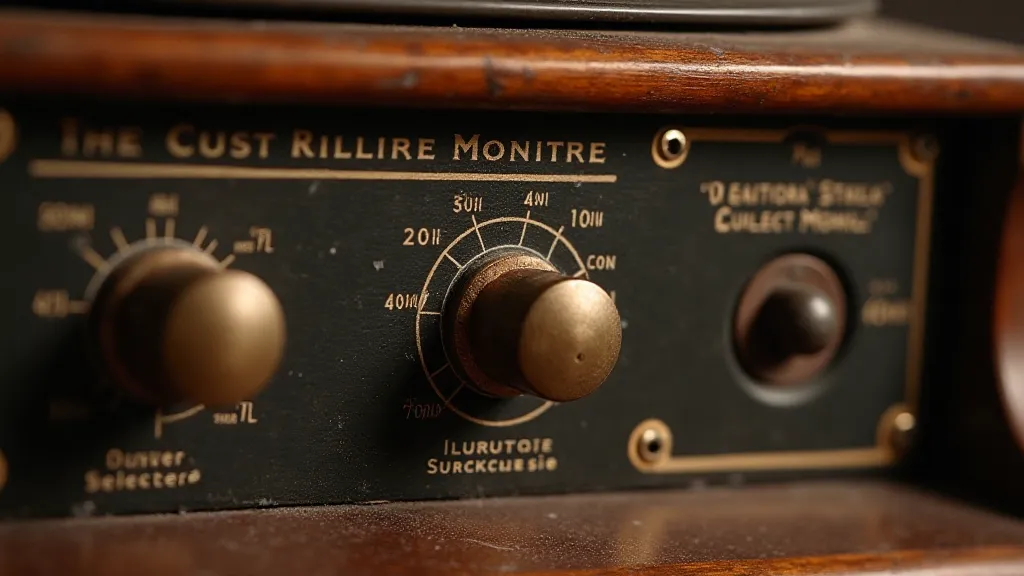
Troubleshooting Common Governor Problems
- Governor Not Working: Check for binding, broken springs, or a disconnected linkage.
- Speed Too Fast: Increase the governor tension (typically by turning an adjustment screw clockwise).
- Speed Too Slow: Decrease the governor tension (typically by turning an adjustment screw counterclockwise).
- Erratic Speed: Could be caused by a dirty or worn governor mechanism. Thorough cleaning and lubrication might be necessary.
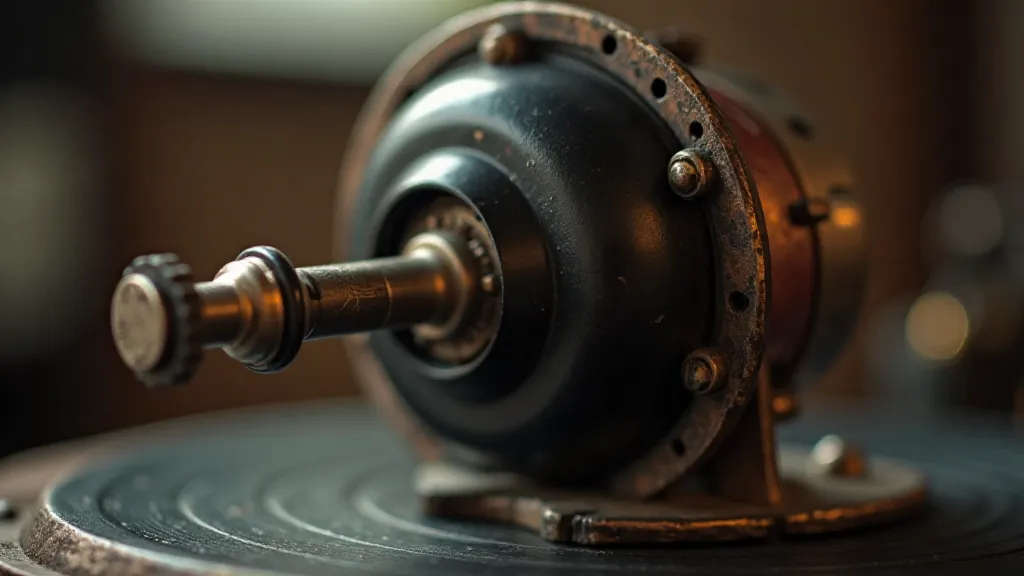
Conclusion
Adjusting a phonograph governor can seem daunting, but with patience and a methodical approach, it's a manageable task that can significantly enhance the performance of your antique phonograph. Remember to observe careful, small adjustments and always prioritize safety. By mastering this skill, you'll unlock a deeper appreciation for the ingenuity and complexity of these vintage audio marvels.
